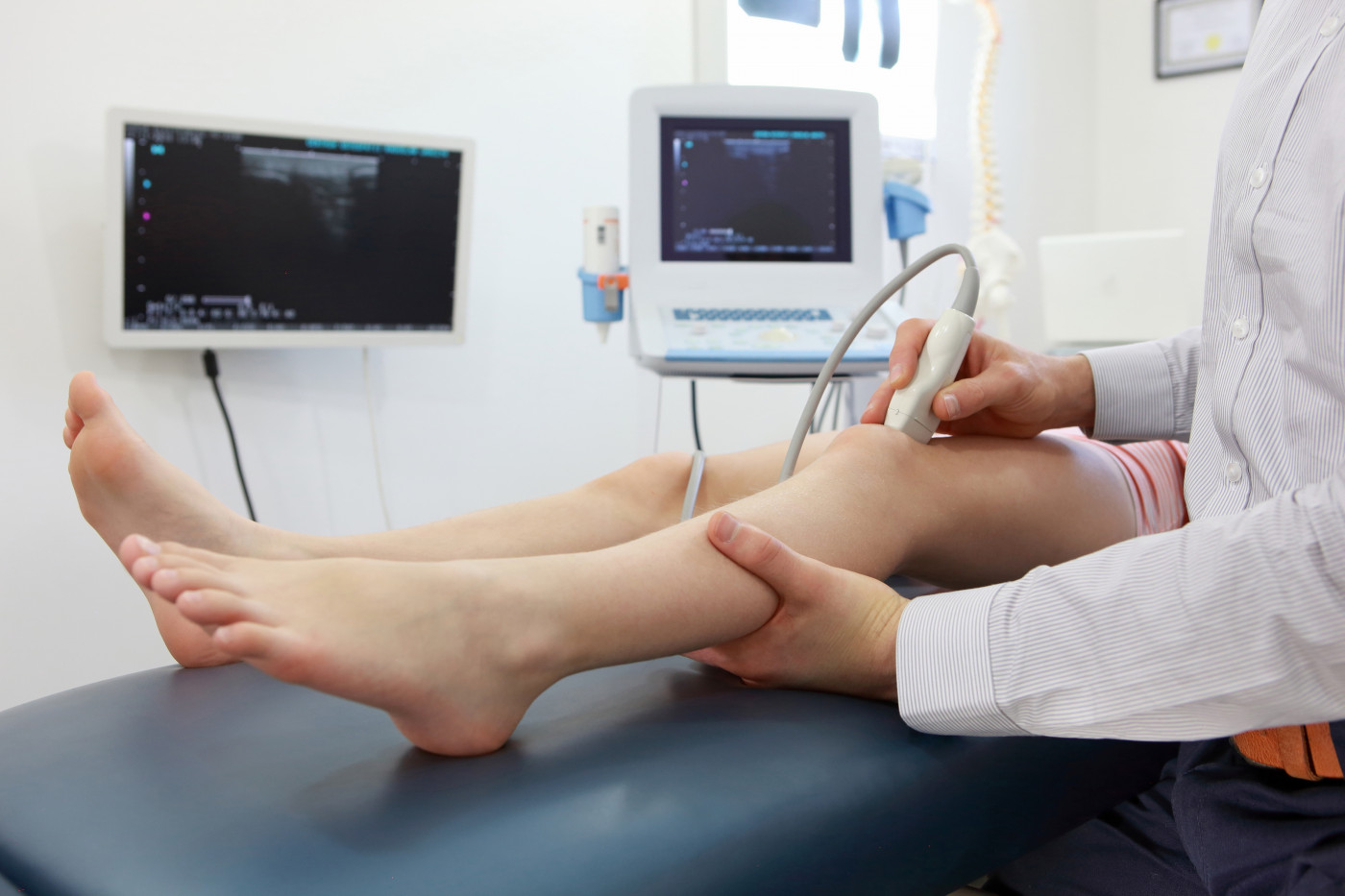Low Vitamin D Levels, More Severe Disease Linked to Poor Bone Health in Kids with EB, Study Finds
Written by |

Low bone mineral density, a measure of bone health, was associated with low vitamin D levels and more severe disease in children with epidermolysis bullosa (EB), an Italian study found. The authors recommended more studies to investigate the possible benefits of vitamin D supplements to improve bone health in affected children.
The study, “Birmingham epidermolysis severity score and vitamin D status are associated with low BMD in children with epidermolysis bullosa,” was published in the journal Osteoporosis International.
In EB, the skin is fragile and blisters easily. Patients with EB can also experience poor bone health and often have low bone mass for their age group.
Vitamin D is known to be essential for bone health. However, its levels in the blood of EB patients are often low because of blisters and bandages that interfere with vitamin D production in the skin.
In the study, a total of 20 children over the age of 6 were enrolled, and the average age of participants was 11.7.
None were completely immobile, but five patients (25%) used a wheelchair occasionally, seven (35%) could walk but were not active, and eight (40%) could play sports. None had experienced fractures before.
EB severity was evaluated following the Birmingham epidermolysis bullosa severity (BEBS) score, which measures the area of skin damage, effects on nails and mucosa (the layer that lines cavities in the body and surrounds some internal organs), scarring on the hands, skin cancer, wounds lasting at least six months, hair loss, and poor nutrition levels.
Researchers found that the areal bone mineral density (aBMD) score, adjusted according to bone age, was low in seven (35%) of the patients. Lower vitamin D levels in the blood and higher BEBS scores were found to be associated with a poor aBMD score.
Associations between the aBMD score and the area of skin damage, insulin-like growth factor-1 (a protein produced in the body), C-reactive protein (a sign of inflammation), and blood sodium levels also were found.
“In conclusion, low bone mineral density can be considered an additional multifactorial complication of EB. BEBS score and 25(OH) D [vitamin D] levels emerged as strongly associated with bone impairment, suggesting a potential beneficial role of vitamin D supplementation, disease control, adequate nutritional state, and improvement of mobility rate in bone mineralization in these patients,” the team concluded.
“Further studies are needed in order to verify the impact of vitamin D supplementation in this population and to establish whether bone defects reflect a real increase in fracture risk,” the researchers added.





